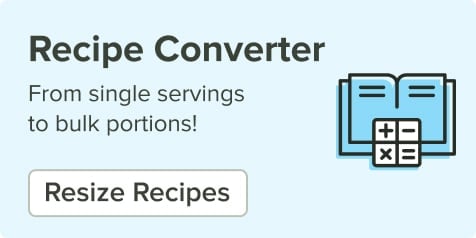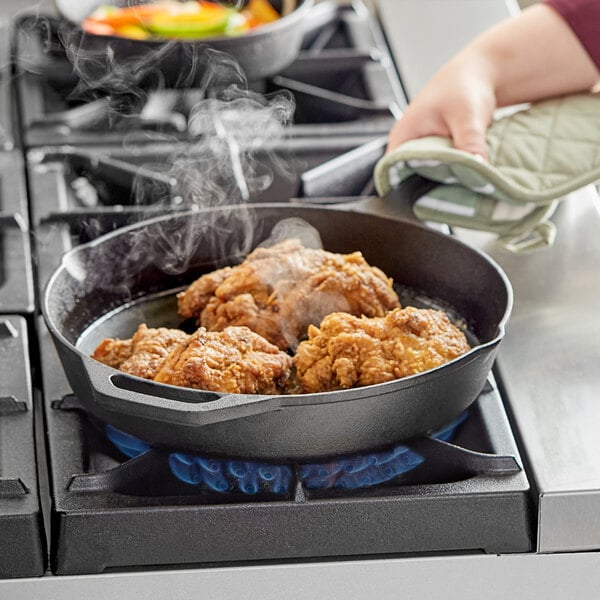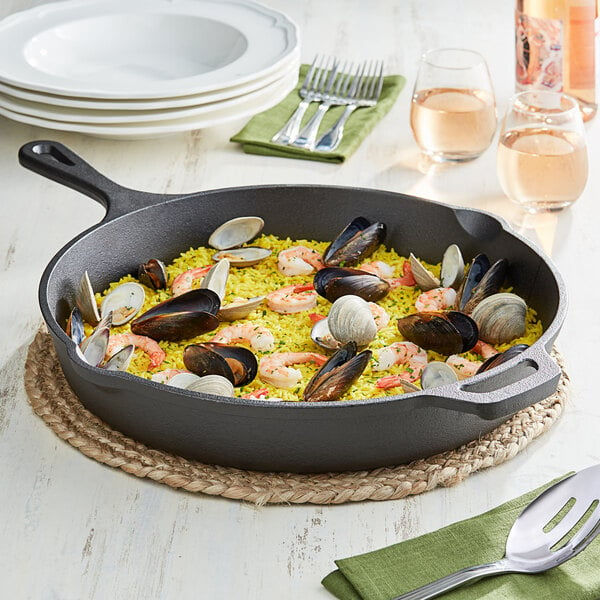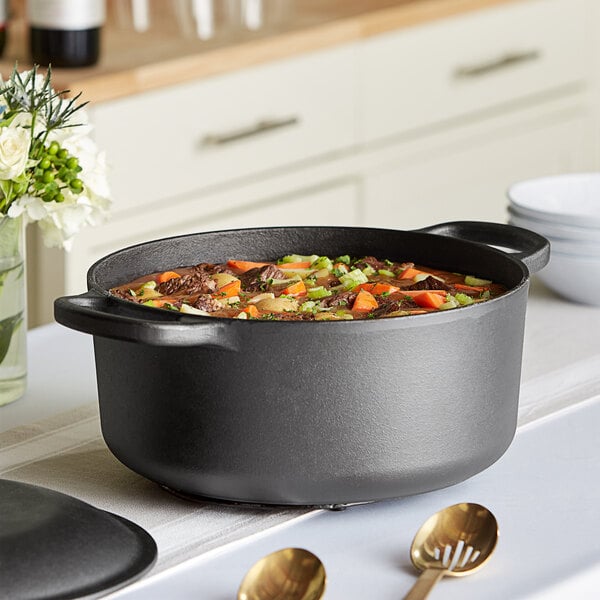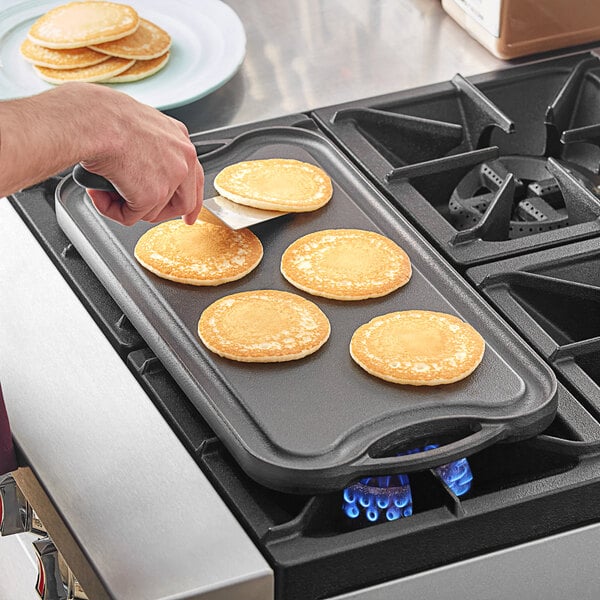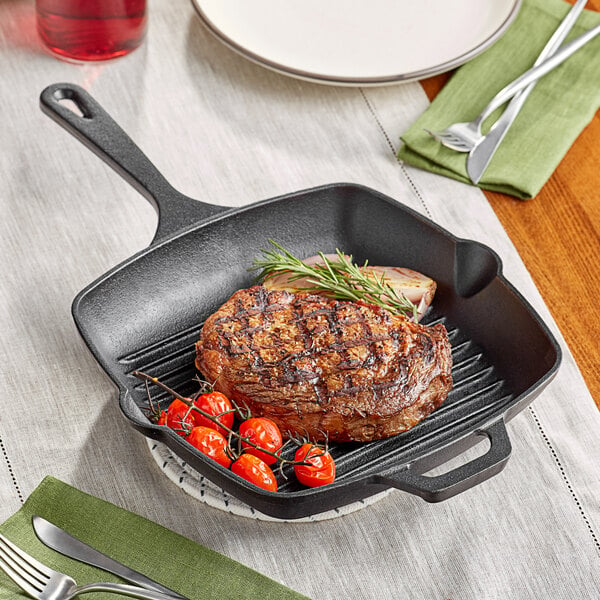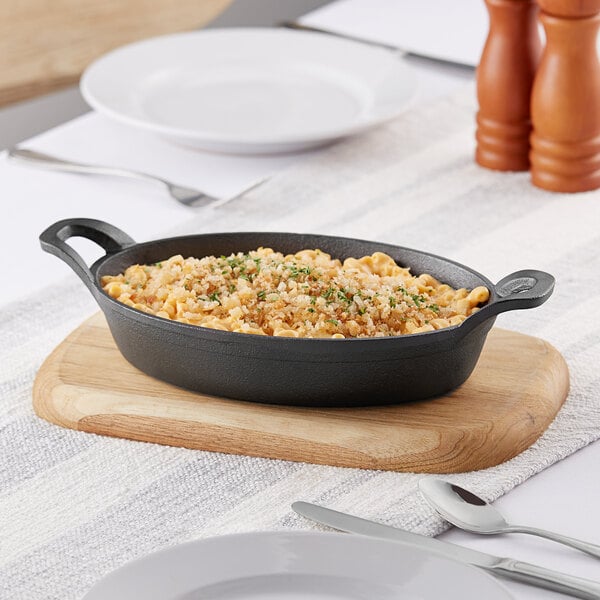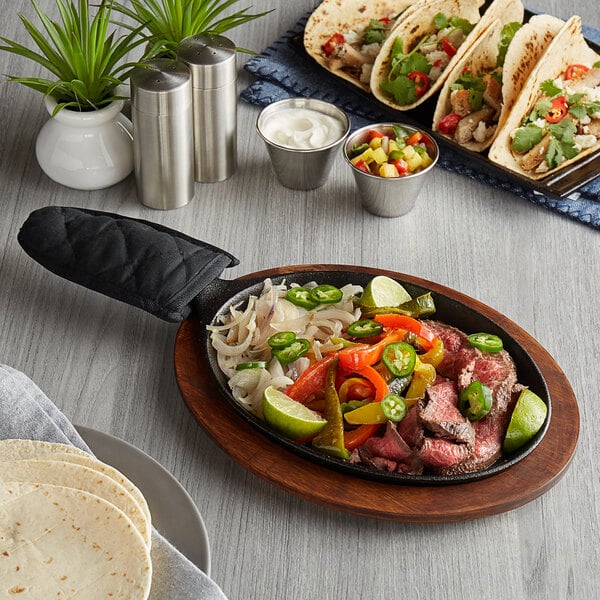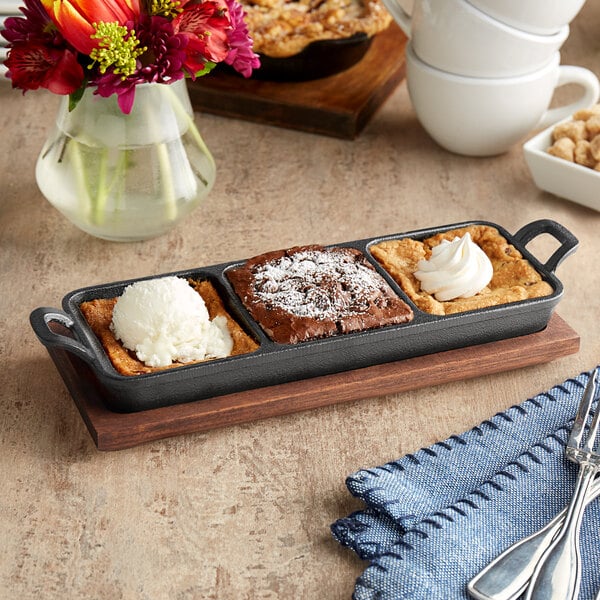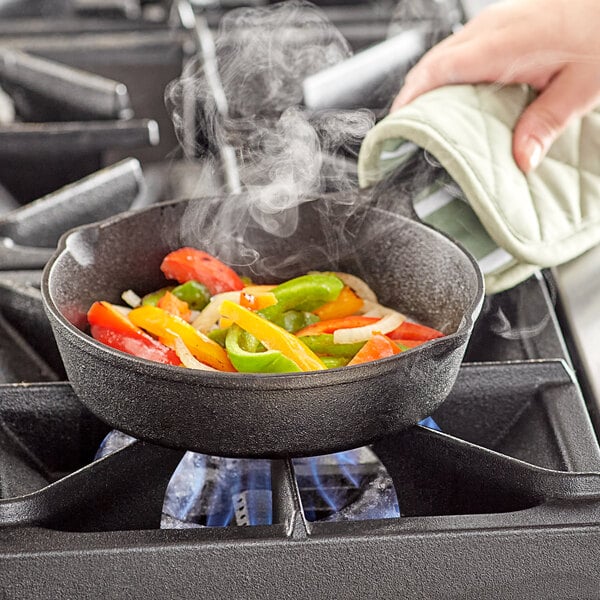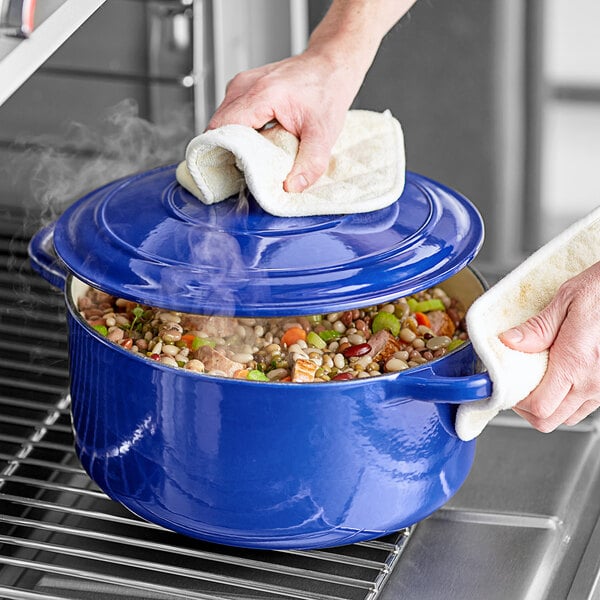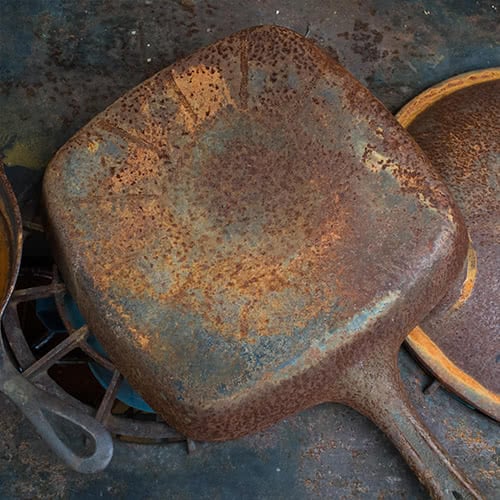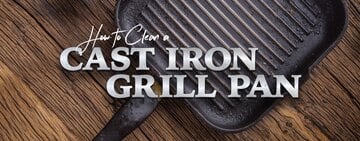Read on to learn the answers to some of the most common cast iron questions:
Cast Iron vs Non-stick Aluminum Cookware
When choosing between cast iron and non-stick aluminum cookware for commercial kitchens, there are key differences to consider. Cast iron cookware is known for its durability and ability to retain heat, making it ideal for searing and frying. It also imparts a unique flavor to dishes over time. On the other hand, non-stick aluminum cookware is light weight, easy to clean, and great for cooking delicate foods like eggs and fish. However, it may not withstand high heat as well as cast iron.
Can I Put Cast Iron in the Oven?
Cast iron cookware is extremely versatile and can be used in the oven as well as on the stovetop. Unlike many other types of cookware, cast iron can withstand high temperatures making it ideal for baking, roasting, and broiling. Whether you're making cornbread, roasting vegetables, or searing a steak, your cast iron pan can handle the heat without warping or damaging the seasoning. Just be sure to properly preheat the pan before placing it in the oven to ensure even cooking and delicious results every time.
Can You Use Cast Iron on Induction Cooktops?
Many cast iron cookware pieces are compatible with induction cooktops due to their magnetic properties. However, always check the manufacturer's guidelines to ensure compatibility with your specific cooktop.
What Not to Cook in a Cast Iron Skillet
While cast iron cookware is versatile and can be used for a wide range of dishes, it is not recommended for cooking highly acidic foods for extended periods as it can affect the seasoning. Additionally, avoid cooking delicate fish or seafood that may stick to the surface of the cookware.

